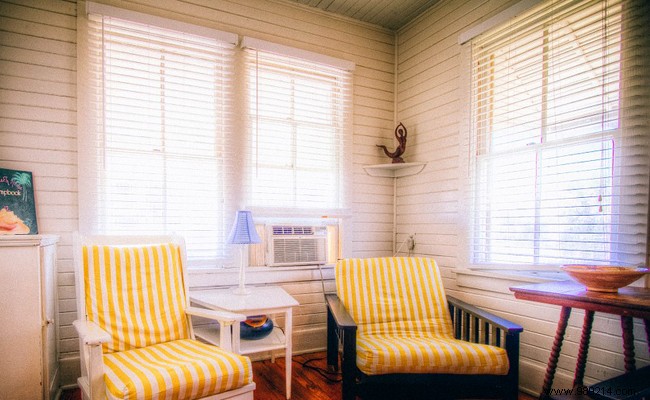When we know that forty percent of heat loss from our homes occurs mainly at our windows, drastic measures must be taken immediately by optimizing their insulation. Follow the guide!

Whereas before, it was mainly the aesthetic criterion that weighed in the balance when ordering windows, today we focus mainly on the thermal performance of their material. And today, to the great surprise, PVC is at the top of the list. They are, however, the cheapest on the market. In addition, impervious to climatic vagaries, polyvinyl chloride is a light and easy-care material. Unfortunately, this material is often criticized for its lack of elegance. As a result, PVC windows are often not accepted for certain properties located in protected areas.
His best alternative is then wood. Here is a material that will meet both your aesthetic and thermal requirements. Indeed, being only weakly conductive, pine, larch or oak do not allow heat or humidity to pass through. What's more, one hundred percent natural, the wood is very ecological and therefore completely renewable. This is why species that are stamped with the PEFC and FSC labels will be required. These certifications are guarantees that the wood used in the manufacture of the structures of your new windows comes from sustainably managed forests. Only here, apart from being more expensive, wood also requires a lot of maintenance to last over time, unless you opt for hard or exotic species. Be careful, the bill may be very high.
And how not to talk about aluminum which is today the great darling of designers? Modernity, sobriety and class are among the long list of advantages of this material. Not to mention its inalterability. The only substantial downside:extremely conductive, aluminum is not a good insulator. To remedy this, we do not hesitate to combine it with other materials such as wood and PVC.
However, for the thermal insulation of your windows to be optimized, their glazing must also be efficient. And already, even if they are the cheapest on the market, single glazing should be avoided. Indeed, even though the panes are thick, this does not prevent heat loss and breakage. The savings you hope to achieve by opting for these models will not offset your heating bills once winter has set in. Indeed, to properly heat your home, you will have no choice but to turn on your radiators. This is why double glazing has become the norm today. And all the buildings under construction or being renovated are now equipped with them, in compliance with the requirements of the 2012 thermal regulation.
Composed of two panes of glass with a minimum thickness of four millimeters, double glazing is very efficient due to the presence of a gas layer of generally sixteen millimeters between these two elements. Both odorless and colorless, three rare gases are widely used, namely xenon, krypton or argon. They are mainly used insofar as these gases are less conductive than air, thus offering excellent sealing to these types of glazing. Moreover, if your home is located in a very noisy place, you will also have the opportunity to improve, but above all to reinforce the sound insulation of your windows.
Otherwise, the other alternative is to simply opt for triple glazing which is currently the must in terms of thermal performance. Finally, double or triple, by favoring thermally efficient glazing, you can also benefit from financial aid from the State in the form of a tax credit, especially if the renovation of your windows is part of the improvement of the energy performance of your home.